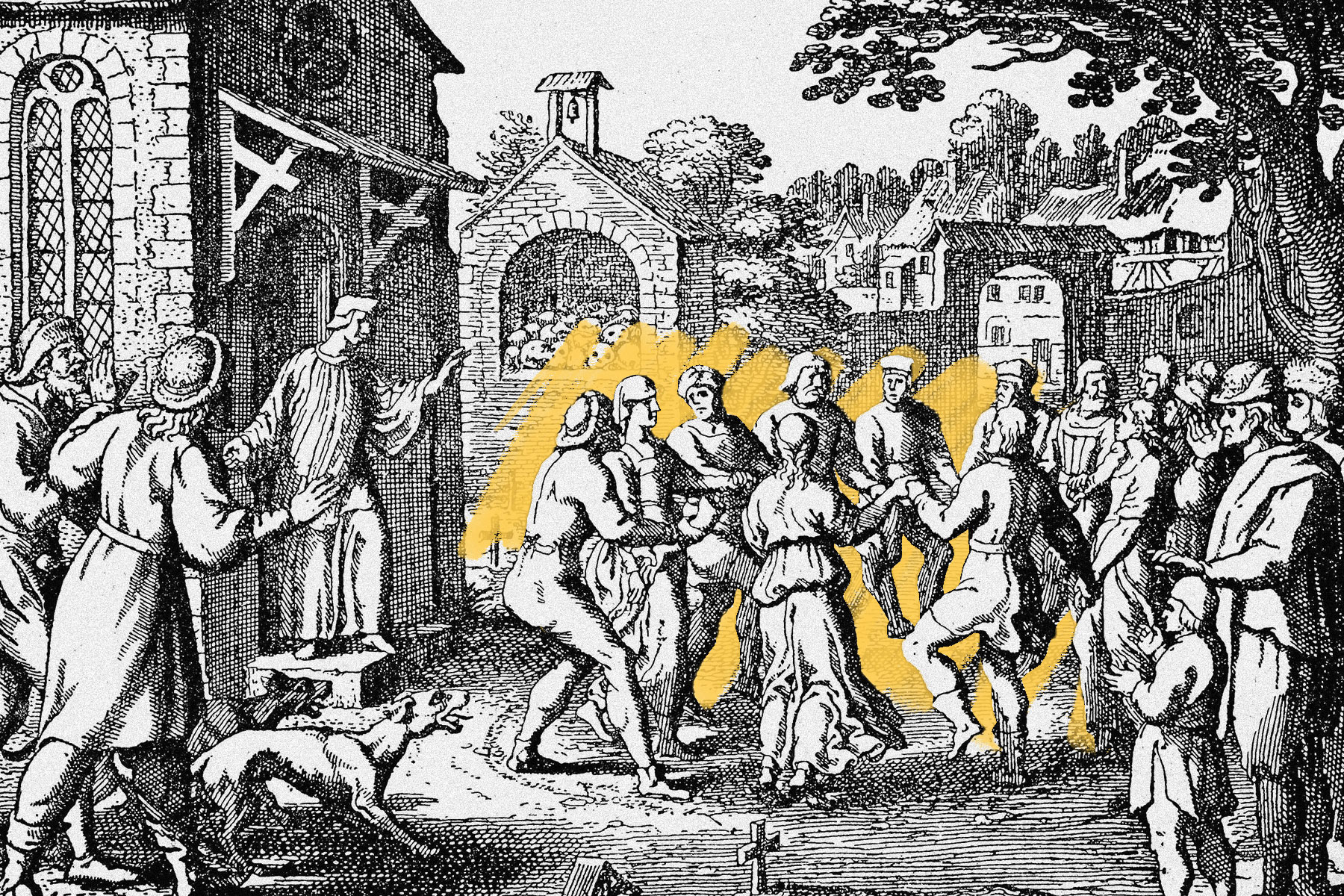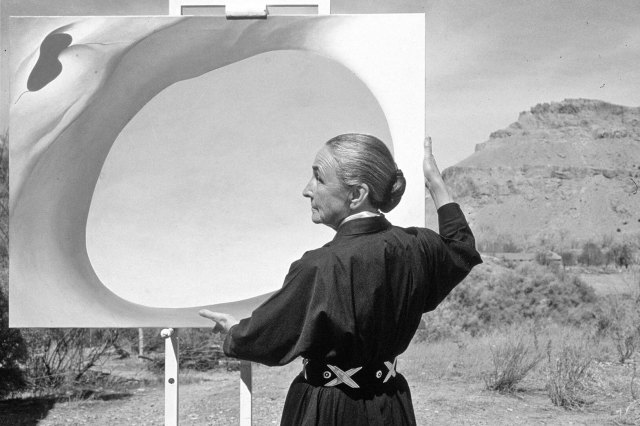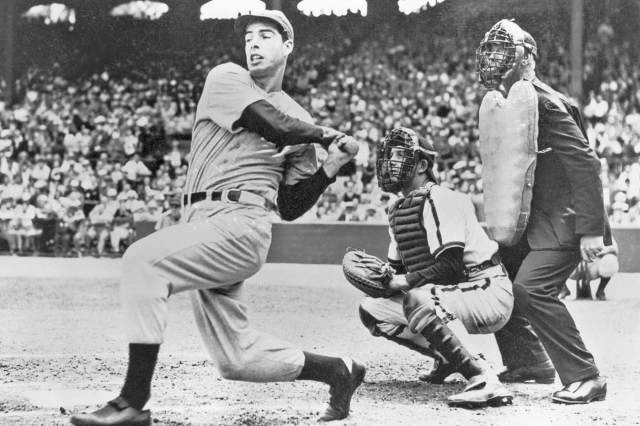In the “dancing plague” of 1518, hundreds of people danced uncontrollably for two months.
The phrase “dance the night away” took on a more literal meaning back in 1518, when as many as 400 people were struck by a “dancing plague” in the city of Strasbourg in modern France. The epidemic began in July with a single woman known as Frau Troffea, who spontaneously began boogying away in the middle of the street. She danced alone and continuously for an entire week before several dozen others found themselves overcome by the urge to dance as well. By month’s end, the number had grown to several hundred. The mysterious dancing eventually waned, and Strasbourg returned to normalcy in September.
Authorities were concerned by this inexplicable rise in dance fever, though ill-informed physicians attributed the ailment to “hot blood” and suggested people simply needed to dance until they no longer felt the urge. As the weeks went on, several dancers collapsed from exhaustion, and some suffered fatal heart attacks. Locals sought answers, and some feared they had been cursed by St. Vitus, the patron saint of dance. Many modern historians posit that stress, coupled with the rise of new and untreated diseases such as syphilis, likely induced this mass hysteria. There had been numerous reported outbreaks of “dancing plagues” around the Holy Roman Empire in the preceding 500 years, including a significant one in 1374. Another theory points to a fungus known as ergot, sometimes found on bread. The fungus causes convulsions if consumed, and may have been responsible for the uncontrollable dancing as well as other instances of mass panic.















